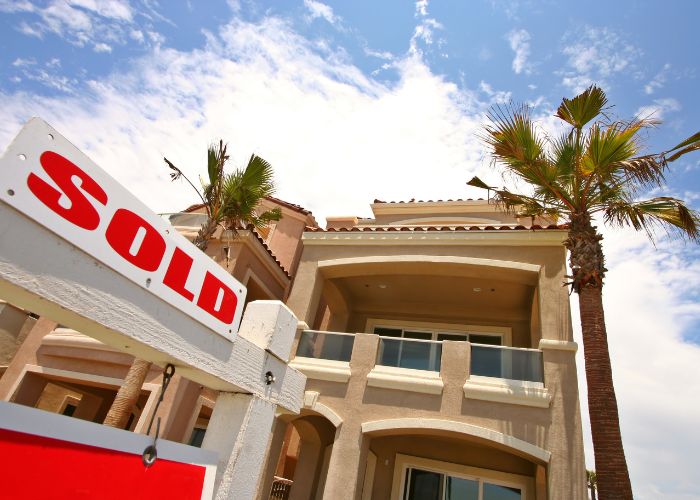MADRID – The supply of housing for sale in Spain decreased by 7% in the third quarter of the year compared to the same period last year.
Buying a house in Spain has become more difficult in recent months. The rise in interest rates and the loss of purchasing power of the Spaniards due to high inflation has had a direct impact on real estate sales. The economic instability and uncertainty brought about by the war in Ukraine have meant that those planning to buy a house have been confronted with high prices and a shrinking supply.
This is reflected in the latest study published by the real estate portal Idealista. “A number doesn’t mean a trend,” explains Idealista, “but it can be an indication of a slowdown.”
2022 started well
The year 2022 started with very optimistic data for the sector. Data from INE shows that between January and June, housing sales in Spain increased by 23% compared to 2021. “Financing was cheap and fixed mortgages were affordable for everyone. The Covid pandemic also encouraged buying and selling, As a result, the housing stock in the country – especially in the desirable areas – started to run out,” emphasises the real estate portal.
The savings that families were able to build up during the months of lockdown were mainly responsible for this activity. That is the exact opposite of what happened in the previous real estate crisis. At that time, the demand was not enough for the disproportionate supply of houses for sale.
Interest rate hike and inflation
With the announcement of the interest rate hike in July by the European Central Bank and the inflation that has not stopped for months, sales fell and the number of homes for sale fell. However, this stock decline has not been the same everywhere in Spain. There are provinces where more than 20% of the supply has been lost. For example, Valladolid is leading this decline with 25% less inventory. Valladolid is followed by Huesca (-13%) and the Balearic Islands (-21%).
Related post: Foreigners are buying more houses in Spain than ever
Overall, seven in ten provinces now have fewer homes for sale than they did a year ago. Only 11 of the 52 provinces have increased their offer. For example, the number of homes for sale in Jaén has grown by 17%. In Cáceres and Córdoba, there was a double-digit increase of 16% and 12% respectively.
Madrid and Barcelona
In the case of major markets such as Madrid and Barcelona, the capital has experienced a larger stock decline of 8% year-on-year. In the case of Barcelona, it has only been reduced by 3%. From Idealista, they point out that demand in these cities is still very strong and that the stock will therefore need more time to recover.
Provincial Capitals
However, it was in the provincial capitals where the decline in the number of homes for sale was most noticeable. This shows that these are areas with much more demand than the rest of the regions in Spain. In this case, 85% of capital cities have fewer properties for sale than a year ago. Santander (-28%), Alicante (-26%), Valencia (-24%) and Valladolid (-24) are the cities that have lost the most stock, compared to the capital Jaén, León, Ourense and Córdoba, where the offer in the third quarter of this year became bigger.
Related post: Spain property market forecast 2022 – 2023


